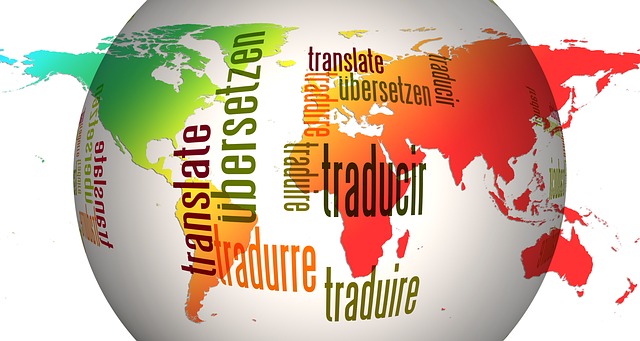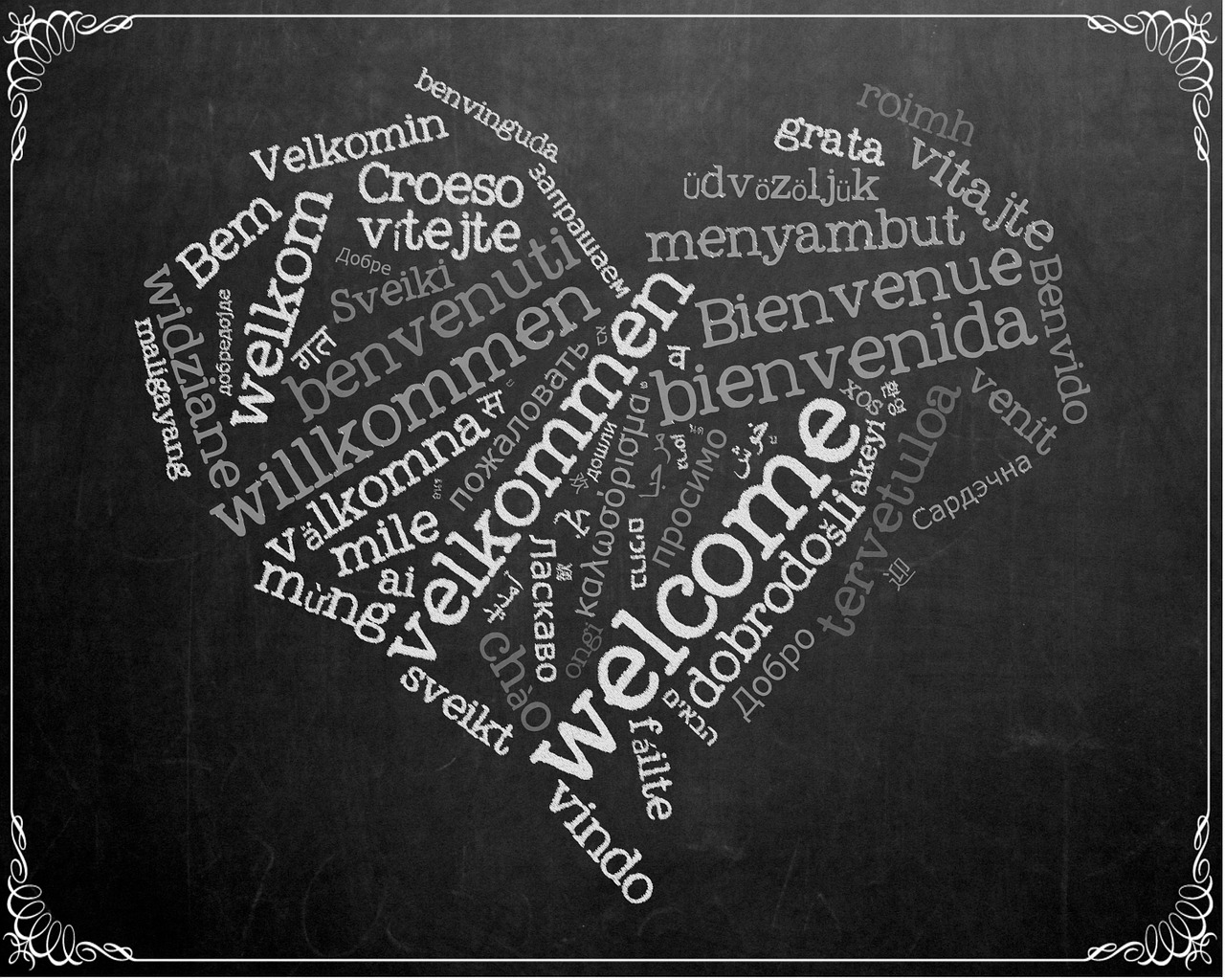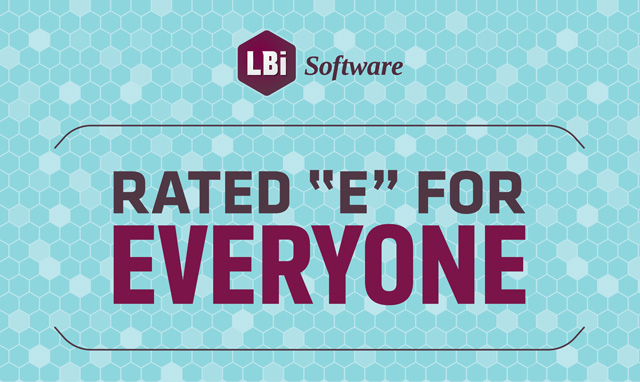The Potential Risks of Multi-language Capability in HCM Business Solutions
More and more companies, both large and small, are building a multi-national presence. These organizations often have employees in several countries, speaking different languages. Even domestic businesses may have a multi-lingual workforce, commonly with workers speaking Spanish, French, and multiple Asian languages, for instance. In those companies, the ability for HR to effectively communicate with this diverse group is critical to success.
The most comprehensive HCM software solutions, such as LBi HR Help Desk, offer multi-language support, often via integration with Google Translate. HR staff and employees have 2-click access to over 90 different languages, which translates each page on the fly and remembers the user’s selection every time they log in.
That may work fine when translating drop-down menu items and static text, but what about freeform text boxes? What happens with common slang expressions or regional colloquialisms in the translation process? What happens if the employee’s or HR’s true meaning is literally lost in translation? Google Translate does a fine job with standard text words and phrases, but doesn’t always properly convert slang and similar idioms. Even the most comprehensive translation engines can get it wrong all too often.
Improperly translated text can easily turn an employee’s bad joke into an HR-perceived threat, or a personal plea into a low priority request. It is critical for HR to fully understand an employee’s intentions and vice versa when communicating, particularly with written interactions that pass through an automated translation process. One bad mistake can cause an expensive and time consuming debacle.
Just imagine a UK worker complaining about his coworker to HR located in Germany; “He bloody well do what I say, or else!” What if that translates poorly into German, implying that the worker will bloody his coworker?
It certainly helps to have a multi-lingual HR staff, but that is often not practical. Alternatively, if HR cannot be certain about an employee’s case issue intent, the agent can ask the employee to clarify or re-state their request. However that process still leaves plenty of room for costly errors.
One solution for HR case management and help desk systems is to minimize the amount of typing employees need to do by providing a comprehensive and well-organized set of dropdown menu selections for case category and sub-category selections — and associated FAQs that the employee can search through. The more employees can resolve their questions through self-service, the more the chances for multi-language miscommunication will be minimized.
Another solution would be to eliminate the freeform text translation entirely, requiring HR to manually translate that portion of the case. At least that would remove the risk of knee-jerk reactions to improperly translated multi-language text.
Though translation errors generally are not critical by nature, it just takes one serious incident to create lasting personnel problems. In a perfect world, all employees would be multi-lingual, which may be common in Europe and Asia — but unfortunately not in the US. Until that day, businesses will always need to address a diverse global workforce in a manner that best suits their organization.








